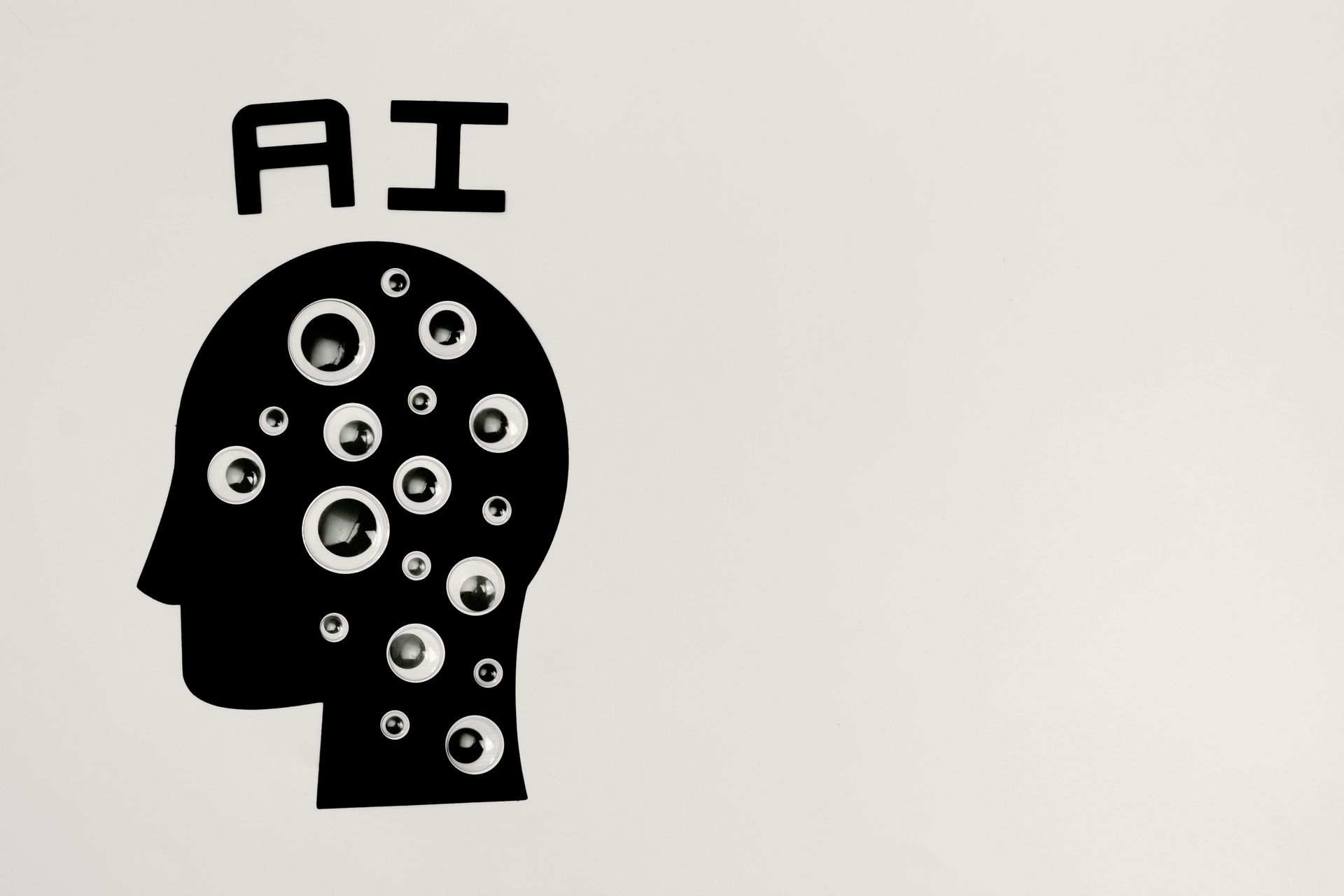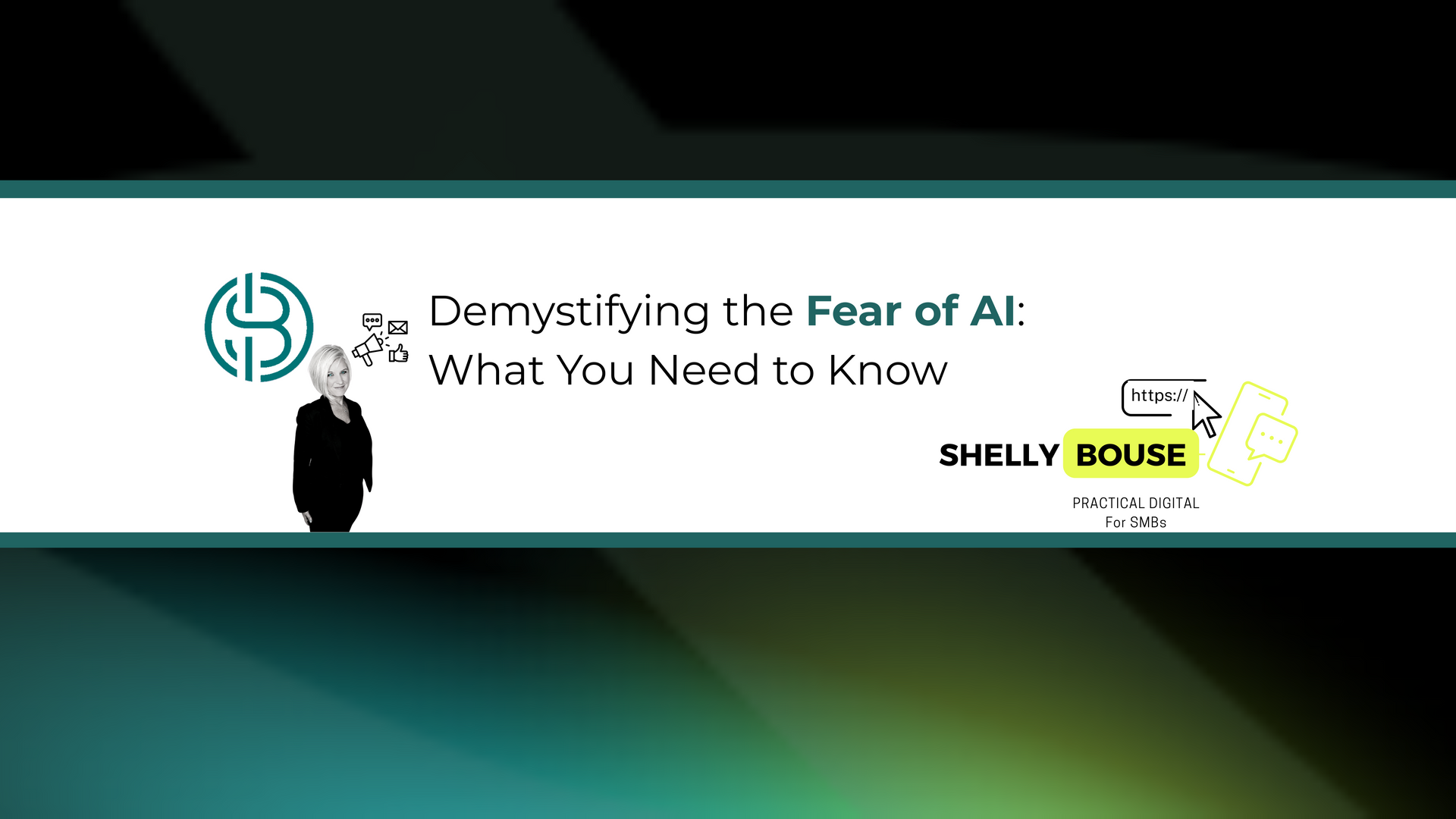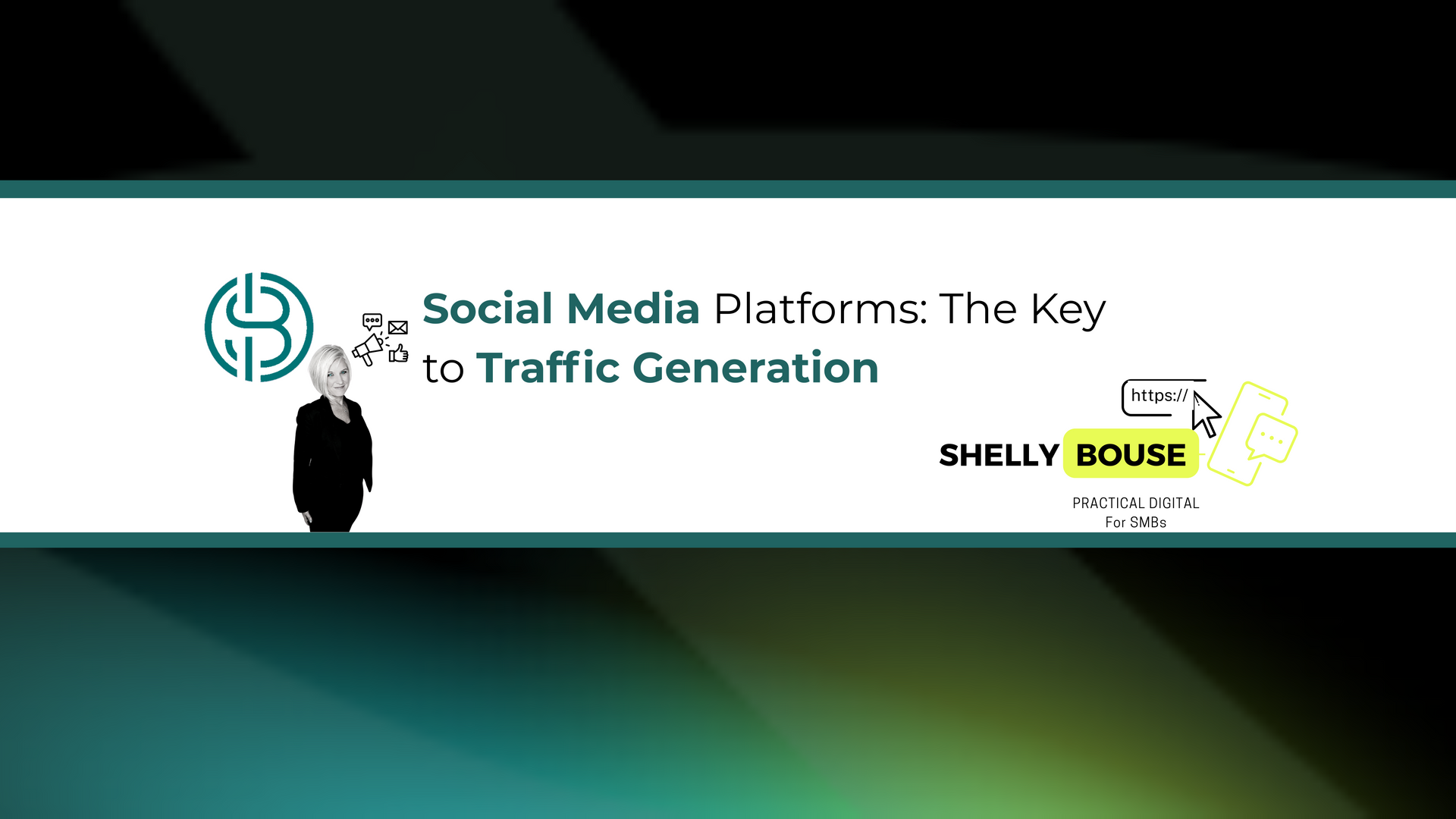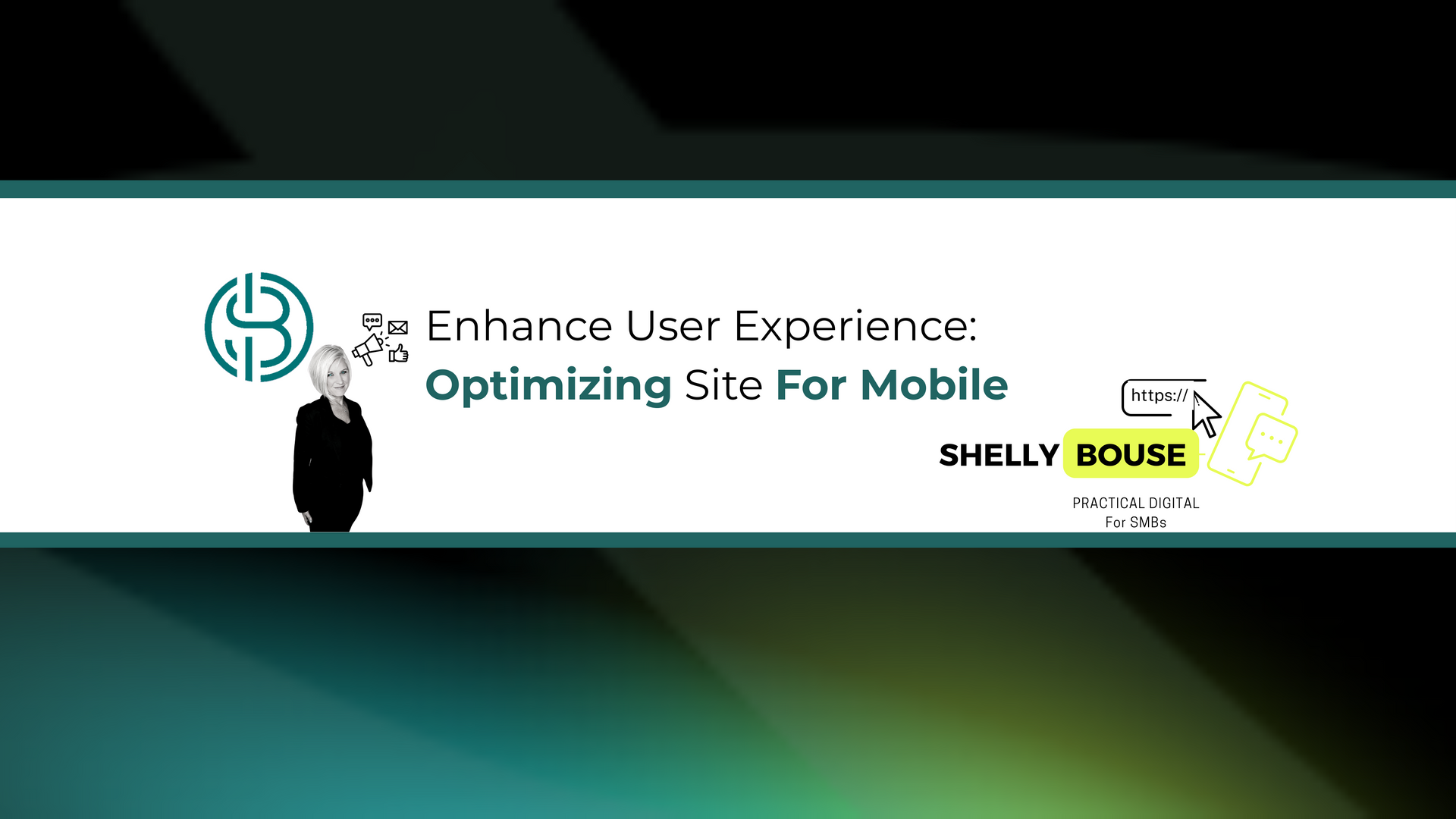Conquering Fear of AI Taking Over Jobs
Navigating the Fear of AI Job Displacement

Key Highlights
- Know the real impact of AI on jobs and the workforce.
- Talk about common myths about AI and job displacement.
- Show how important it is to upskill and reskill for job security.
- Discuss what companies can do to help employees adapt to AI.
- Explore ways to do well in a job market affected by AI.
- Learn the skills needed to stay strong and competitive in the age of AI.
The quick growth of artificial intelligence (AI) has started many talks about how it may affect jobs. One big worry is job displacement. Technological change can change the job market quickly. It is normal to feel uneasy about this change. However, we should think about the topic carefully. It is important to base our thoughts on facts and to understand what AI can and cannot do.
Understanding AI and Its Role in the Workplace
To really understand AI and its changes, we need to know what AI is and how it is used in different industries. When we see what AI can do now, we can think better about how it might affect jobs and find chances to adapt and grow. Let's begin by defining artificial intelligence and looking at how it exists in today's workplaces.
What is Artificial Intelligence?
Artificial intelligence is, in simple terms, when computer systems can do tasks that usually need human smartness. These tasks include learning, solving problems, and making decisions. The field covers many technologies, like machine learning, deep learning, and natural language processing.
One part of AI that has received a lot of attention is generative AI. Tools like ChatGPT show how AI can help automate complex tasks, create content, and communicate with people in smarter ways.
These new technologies are changing quickly. They offer new opportunities for businesses and individuals. At the same time, they raise concerns about the future of work and the skills people will need to succeed in a world powered by AI.
How AI is Currently Used in Different Industries
The use of AI is already common in many industries. It helps automate tasks, improves efficiency, and changes how work is done. In manufacturing, AI-powered robots work on assembly lines. They do repetitive tasks quickly and accurately. In finance, AI algorithms look at market data. They give investment suggestions, helping financial analysts make better choices.
Customer service is also seeing a big impact from AI. Chatbots and virtual assistants handle customer questions, provide support, and solve problems. This lets human staff focus on more complicated issues that need understanding and problem-solving.
Across different industries, businesses use AI because it can boost efficiency, cut costs, and improve decision-making. But this use of AI means workers need new skills and knowledge. This creates a need for training and learning new skills.
The Reality of AI-Induced Job Displacement

The possibility of AI changing jobs is clear. However, we should look at this topic from different angles. Yes, worries about losing jobs are real, but we must also see that new technology has often brought about new jobs and industries. The link between AI and jobs is complicated. Some sectors are affected more than others.
To truly understand how job loss and job creation work together is key to dealing with changes in the job market. If we look closely at job losses and new trends, we can understand what the future of work might look like. This can help us find ways to stay strong and competitive in a world increasingly shaped by AI.
Statistics and Trends in AI Job Displacement
Statistical data from recent years paint a mixed picture of AI's impact on employment. While some studies suggest potential job losses in specific sectors due to automation, others highlight the emergence of new job roles and the overall growth in demand for AI-related skills.
A report by the World Economic Forum, for instance, predicts that while automation may displace 85 million jobs globally by 2025, it will also create 97 million new roles. This suggests that the net impact of AI on labor markets might be positive, leading to an overall increase in employment opportunities.
| Region | Job Displacement (Millions) | Jobs Created (Milliions) | Net Change (Millions) |
|---|---|---|---|
| Global | 85 | 97 | 12 |
| Asia-Pacific | 48 | 58 | 10 |
| North America | 12 | 15 | 3 |
| Europe | 16 | 20 | 4 |
It's important to note that these figures are estimates, and the actual impact of AI on employment may vary considerably across different industries and geographical locations.
Sectors Most Affected by AI Innovations
While AI affects many industries, some sectors feel it more strongly. Manufacturing, for example, has been a leader in automation. Robots and AI systems are now doing jobs that human workers used to do.
The transportation sector is also changing a lot with self-driving cars coming into play. As this technology gets better, it could change the trucking and taxi businesses. This change may result in fewer drivers being needed.
It’s important to remember that the impact of AI on young people isn't just about losing jobs. In many cases, AI helps improve human skills, increases productivity, and brings new chances for innovation and growth.
Addressing Common Misconceptions About AI and Employment
Navigating the changing world of AI means we need to tell the truth from the myths. Many AI fears come from misunderstandings about what AI can do and how it might affect jobs. It’s important to tackle these misunderstandings directly. We should give a clear view of what the future of work looks like in a world driven by AI.
By using facts and clear information, we can get past the hype and worries. Instead, we should focus on how to use the power of AI to build a better and more inclusive future for everyone.
Myth vs. Reality: AI Will Take All Our Jobs
One common fear about AI is that it may cause big job losses, making human jobs useless. This fearful view
often comes from science fiction stories and overlooks the complex link between AI and work, especially highlighted by concerns raised last year about potential job impacts.
Yes, it’s true that AI can automate some tasks and might change some jobs. But it’s important to remember that new digital technologies have often created new industries, job roles, and chances for people. For instance, during the Industrial Revolution, there was initial chaos, but it eventually led to great economic growth and better living conditions for many people.
Additionally, the rise of AI is increasing the need for skilled workers in AI development, deployment, and maintenance. This growing demand for AI skills gives people a good chance to learn, adapt, and do well in the changing job market.
The Growing Importance of AI in Enhancing Job Roles
AI is not just taking over human workers. It is also making jobs better and creating new ways for people and machines to work together. By handling tasks that repeat often, AI allows human workers to concentrate on more important tasks. These include strategic, creative work that needs critical thinking, problem-solving, and emotional intelligence.
For example, in healthcare, AI helps to look at medical images. This assists doctors in making better diagnoses and treatment plans. This does not eliminate the need for skilled physicians. Instead, it gives them more insights based on data, which can lead to better results for patients.
As AI becomes more advanced, working well with AI will be very important for job security and personal growth. It is important to keep learning and build new skills to navigate this changing world.
Strategies to Adapt to AI in the Workplace

Adapting to the rise of AI in the workforce needs action from both people and companies. Individuals should pursue lifelong learning. They must focus on gaining skills that are needed in a market driven by AI. Companies, to help their workers, need to offer training and create a work environment that values innovation and flexibility.
When we work together, we can use AI to open new opportunities. This will make the transition to the future of work easier. Let’s look at some key strategies for adapting to AI in detail.
Upskilling and Reskilling: Staying Relevant in an AI World
In today's fast-changing world, upskilling and reskilling are very important. They are key to staying valued and competitive in the job market. The future workforce must be flexible and ready, with a wide range of skills that work well with AI.
By improving in-demand technical skills such as data analysis, machine learning, and AI programming, people can find new job opportunities and boost job security. It's also important to build soft skills like critical thinking, communication, teamwork, and even social media proficiency. These skills are harder to automate and are still very important at work.
Many online learning platforms and schools offer courses for the needs of an AI-focused market. By prioritizing ongoing learning and skill development, people can prepare themselves for future success.
The Role of Companies in Facilitating a Smooth Transition
Companies are very important in helping workers adjust to an AI-driven workplace. Instead of just seeing AI as a way to save money and reduce jobs, business leaders should see the bigger picture. They need to invest in their workforce.
It's important to give employees access to AI training programs, workshops, and other resources. This will help them adapt to new technologies and learn necessary skills. Also, creating a space where open communication and transparency about AI is encouraged can ease worries and make employees feel more part of the process.
When companies support their workers in learning new skills, they can better handle the challenges that come with adopting AI. This not only leads to a workforce that is skilled and ready for the future but also boosts innovation, productivity, and overall success in the business.
Managing the fear of job displacement due to AI means understanding how technology changes the workplace. AI brings some challenges but also gives chances to learn new skills and adapt to new job roles. Companies need to help by training and developing their employees. By clearing up misunderstandings and accepting what AI can do, people can stay competitive in a market driven by AI. It is important to see AI as a tool that enhances work instead of replacing jobs. This way, we can create a future where humans and technology work together for success.
Frequently Asked Questions
What Skills Should I Learn to Stay Competitive in an AI-Driven Market?
To be competitive in an AI-driven market, focus on building both technical skills and soft skills. You need to learn data analysis and AI programming. At the same time, improve your critical thinking, communication, and problem-solving skills. Being adaptable and ready to keep learning is also important. These traits will help you in the changing workforce.
How Can Organizations Help Employees Adapt to AI Changes?
Organizations can help employees by offering AI training programs. They should encourage open talks about how to use AI and give employees chances to learn new skills. This is important as technology keeps changing. Business leaders must focus on investing in their workforce at the same time they adopt AI. This will help make the transition easier.











